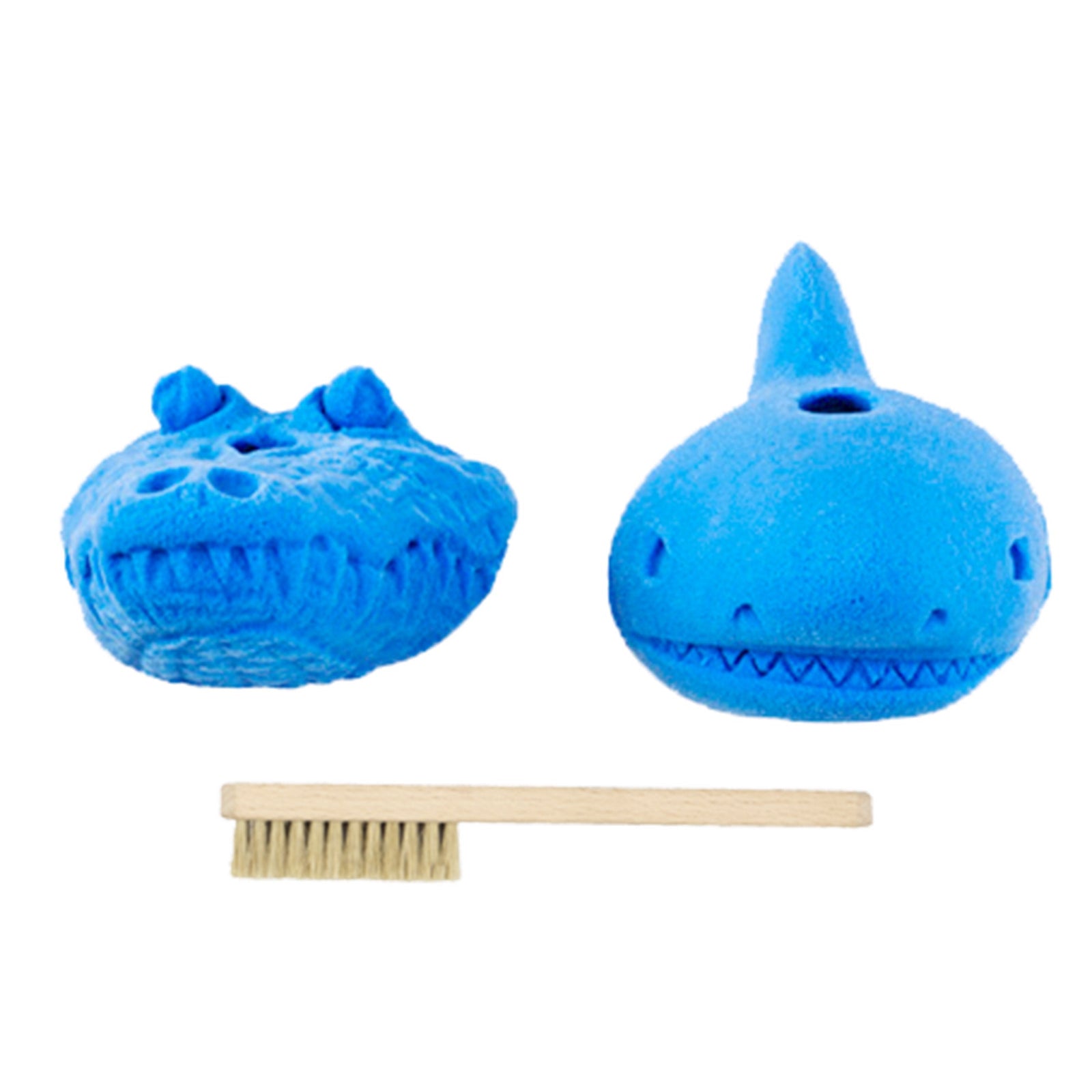Toddler Climbing Wall: Safety-First Design Guide by Eldorado Climbing

Toddlers possess an innate desire to climb. Between ages 18 months and 5 years, children develop crucial motor skills through vertical movement. Climbing enhances balance, coordination, strength, and spatial awareness while building confidence and problem-solving abilities.
Eldorado Climbing has equipped hundreds of preschools, daycare centers, and homes with toddler-appropriate climbing surfaces. Our home climbing panel line specifically addresses the unique safety and developmental needs of young climbers.
Safety Parameters for Toddler Walls
Height Restrictions
Toddler climbing walls must follow strict height guidelines. The Consumer Product Safety Commission recommends maximum heights based on age:
-
Ages 2-3: Maximum 4 feet
-
Ages 3-4: Maximum 5 feet
-
Ages 4-5: Maximum 6 feet
These heights assume proper fall protection below. Most toddler installations stay at 4 feet maximum to accommodate the full age range safely.
Appropriate Hold Selection

Recommended Hold Types
Large Jugs: Positive holds allowing full-hand grip. Choose bright colors supporting color recognition learning.
Animal Shapes: Engaging themed holds encourage climbing while supporting imaginative play. Ensure all features are rounded and safe.
Letter/Number Holds: Support early literacy while climbing. Select oversized versions with smooth edges.
Geometric Shapes: Simple shapes help toddlers learn while climbing. Circles, squares, and triangles in primary colors work well.
Avoid holds with:
-
Sharp edges or points
-
Deep pockets that trap fingers
-
Texture too aggressive for soft skin
-
Small crimps or narrow pinches
Hold Density and Placement
Toddler walls require different hold spacing than standard walls:
-
Maximum 12-18 inches between holds
-
Create obvious "ladders" for success
-
Place holds at varying heights for different ages
-
Ensure multiple route options at each level
Install 15-20 holds per 4' x 4' panel section. This provides adequate options without overwhelming young climbers.
Installation Specifications

Mounting Height
Install panels with bottom edge 6-12 inches from floor. This allows smallest toddlers to reach first holds while preventing dangerous ground-level climbing.
Angle Considerations
Vertical walls work best for toddlers. Overhanging sections increase difficulty beyond appropriate levels and raise fall risks. Slightly inward-leaning walls (5-10 degrees) can increase safety for youngest climbers.
Avoid:
-
Overhanging sections
-
Roof features
-
Dynamic movement requirements
-
Heights requiring harnesses
Success Metrics
Properly designed toddler walls show measurable benefits:
Physical Development:
-
Increased upper body strength
-
Improved balance and coordination
-
Enhanced spatial awareness
-
Better risk assessment skills
Cognitive Growth:
-
Problem-solving improvement
-
Increased focus duration
-
Sequential thinking development
-
Confidence building
Social Skills:
-
Turn-taking practice
-
Encouragement of peers
-
Shared accomplishment
-
Appropriate risk-taking
Getting Started with Toddler Climbing
Creating safe, engaging toddler climbing experiences requires careful planning and appropriate equipment.
Key considerations:
-
Prioritize safety in every decision
-
Choose age-appropriate equipment
-
Plan for growth and development
-
Ensure qualified supervision
-
Maintain equipment properly
Contact Eldorado Climbing at 303-447-0512 to discuss your toddler climbing wall project.
Our experience with hundreds of early childhood installations ensures safe, developmentally appropriate climbing solutions.



